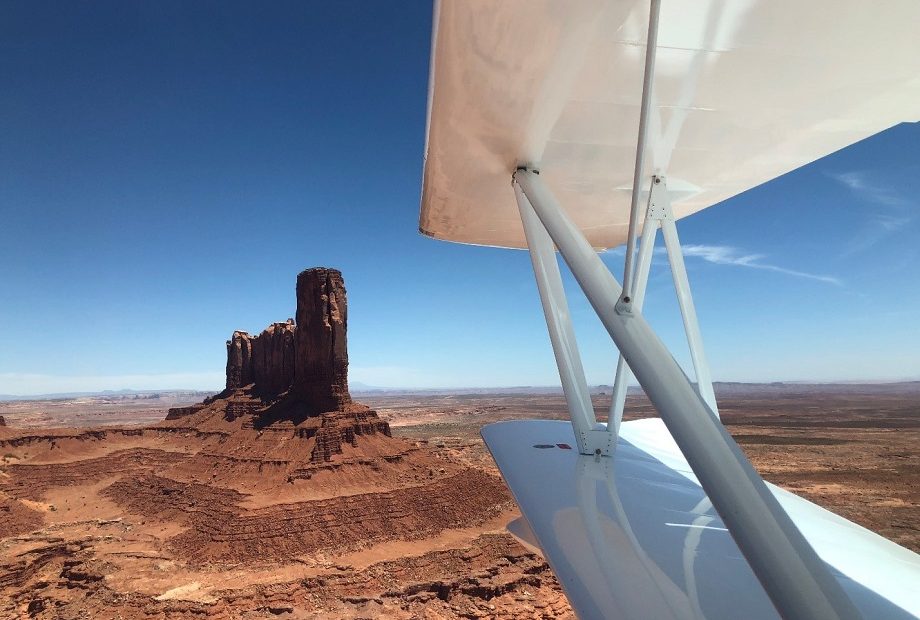You might not think that flying cross country in a small airplane could be easy and comfortable. But the Super Petrel LS makes it surprisingly so. I’ve enjoyed over 700 hours in an SP, and a good bit of that time has been cross country. Whether it be a delivery to Minneapolis, Vegas, OshKosh, or just down-state to Key West. The amenities found in every fully-loaded Super Petrel makes the time fly-by effortlessly. Here is my first hand pilot story of cross country flying a Super Petrel LS.
The previous version of the Super Petrel had a Dynon avionics suite with autopilot. While the Dynon was a capable system, the autopilot was really only useful in smooth air. The Garmin autopilot that comes standard with the two-panel G3X system can operate in surprisingly turbulent air. But the servos are small, so smoother is always better.
There is one nice thing about flying in the United States. And that is, as long as you stay clear of controlled airspace, you don’t have to talk to anyone. So I usually just enjoy the solitude and the scenery.
My technique for flying across the country is to set my destination in the GPS. Then I look for MOGAS at uncontrolled airfields somewhere along my route of flight. While the SP has five plus hours of fuel onboard, my backside is desiring a break after three. So, I scroll the G3X panel out around 300 miles. Then I confer with Foreflight for the best fuel prices. An added convenience flying an amphib cross country is that marinas are also a great option for fuel.
While I don’t always flight-follow with ATC, I do flight-follow with someone via Garmin Explorer Plus. The aircraft can be tracked via ADS-B. However flying through the Rockies, or at other relatively low altitude, can’t be tracked. Here only satellite communications can reach civilization. That’s when the Garmin really shines; it can work through your phone to send position reports and texts.
It was on a Las Vegas delivery flight that I realized I needed to suck up the $12 a month subscription fee and put one in my bag. Should you go down somewhere remote, the EPRB function will bring help right to where you are.
Speaking of the Rockies, the best time to cross is early in the morning or late in the evening to avoid turbulence. I flew over during the middle of the day. I can attest to the durability of the Super Petrel. From the time I crossed the first peak, it was moderate to severe turbulence the rest of the way to Las Vegas. It wasn’t a lot of fun, but the SP handled it with aplomb. There’s a lot to learn about mountain flying if it’s something new to your experience, but that’s a whole other story!
Most Americans travel abroad on vacation, whereas some foreigners have seen more of the U.S. than many of our citizens. Perhaps it’s because driving is a pain. If most of your vacation is spent watching bumpers, you might as well jet to Cancun.
But with a Super Petrel LS, you can see all of America’s splendor from on high, while the autopilot does the grunt work. And the SP even gets better gas mileage than most cars (30+ mph… which can be displayed on the G3X!). Want to drop into a small town airport or grass field? No problem. Need to fit into the traffic at a major airport? The Super Petrel is right at home with the speed to keep up. But the real advantage is dropping in on a remote lake or river along the way. So grab a Super Petrel and see everything in between our shining seas, in comfort and style.
And that’s my pilot story of cross country flying a Super Petrel LS.

